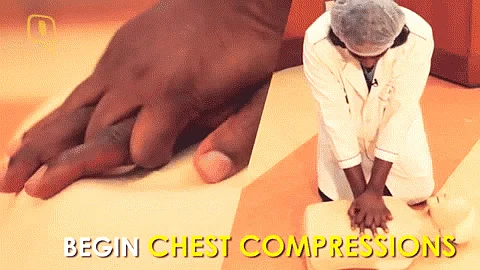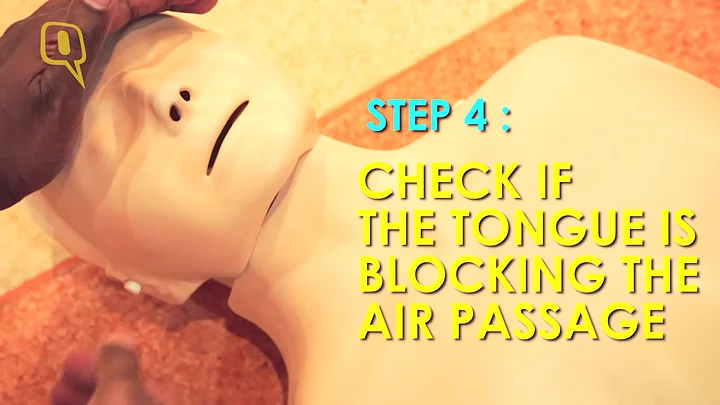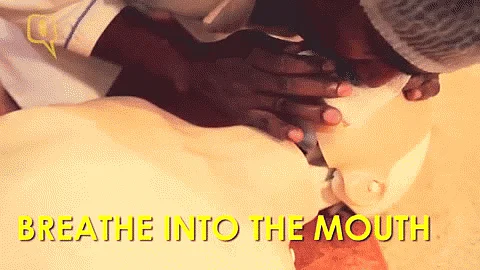4 out of 5 cardiac arrests happen at home. Statistically speaking, if you know how to perform CPR in an emergency, the life you save is likely to be someone at home: a child, a spouse, a parent or a friend.
Most people don’t survive a cardiac arrest in India, because rarely anyone knows how to perform CPR. It’s an alarming scenario, given how simple, easy-to-learn CPR or cardiopulmonary resuscitation, the gold-standard in saving lives in cardiac arrest cases is.
Put very simply: The life you save with CPR is mostly likely to be someone you love.
According to the American Heart Association, timely CPR can triple the chances of survival. And you only need two things to learn this technique and possibly save a life - strength and willingness to press hard on someone’s chest and the beats of Bee Gees’ sleeper hit number, “ Stayin’ Alive”.
Get Started.
Please note: Sudden cardiac arrest is not the same as a heart attack.
Sudden cardiac arrest occurs when electrical impulses in the heart become rapid or chaotic, which causes the heart to suddenly stop beating.
A heart attack occurs when the blood supply to part of the heart muscle is blocked. A heart attack may cause cardiac arrest.
Hum To Stayin’ Alive, Push Hard and Fast In the Center Of the Chest
If someone collapses in front of you, run to them to see if they are conscious. If you can spot a pulse in the groove of the neck, then they’ve probably just fainted.
However, if there is no pulse, without wasting time, call for an ambulance and roll them on their back, reach for the center of the chest and start pressing hard and fast.

The goal of CPR is to provide oxygen to the brain. Remember that compressions should be at the rate of 100 per minute and at least 2 inches deep in the chest and continuous.
The beats of the classic song, Stayin’ Alive just about match the optimum CPR rhythm of 100 chest compressions per minute.
You don’t have to worry about hurting the person when doing CPR. They are already gone, if you do nothing, they are dead. Sometimes excessive chest compressions can leave a person with fractured ribs. But it’s better to be alive with fractured ribs than dead with intact ribs.Dr Vijay D’Silva, Director, Critical Care, Asian Heart Institute
You must also remember to check if the tongue is blocking the airway. If so, then gently lift the chin, tilt the forehead so the position of the tongue gets shifted.

If the person still doesn’t revive, take out a handkerchief, put it on their mouth to make a seal and then give two breaths. Repeat 30 compressions.

Do this till medical help arrives. It is important to not stop in the middle otherwise the blood flow you have restored with CPR will not reach the brain.
So don’t be afraid to try CPR in a crisis, it can only save a life.
(At The Quint, we are answerable only to our audience. Play an active role in shaping our journalism by becoming a member. Because the truth is worth it.)